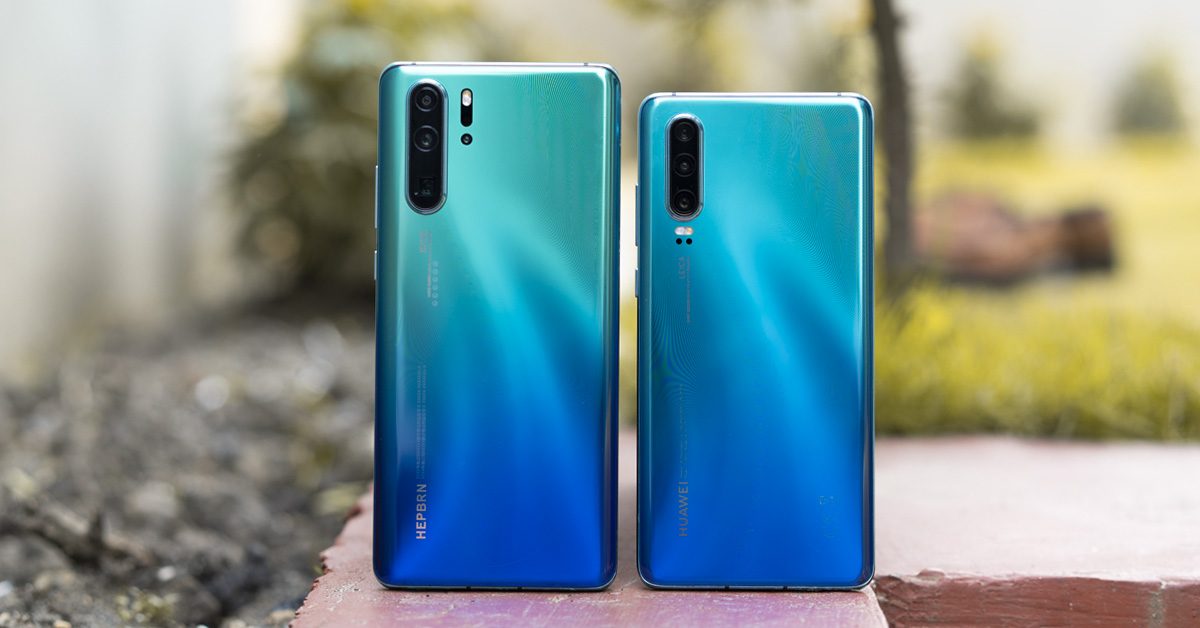
A few years ago, if anyone told me to buy a Huawei flagship phone, I’d be pretty skeptical. But now, if you think about the best phones money can buy – Huawei is right there somewhere at the top 3. Beating even Apple to the second biggest smartphone company, Huawei has done tremendous leaps and bounds when it comes to flagship phones. And the P30 Pro kinda proves it. The P30 Pro and the P30 are the phones that Huawei wanted to rewrite the rules of Photography with. And to do that, they certainly brought out the big guns!
Huawei P30 Pro and P30 Specifications:
| P30 Pro | P30 | |
| Design | Glass body, aluminum frame | Glass body, aluminum frame |
| Display | 6.47-inch OLED Full HD+ display, (1080 x 2340 pixels), HDR10+, water-drop notch | 6.1-inch OLED Full HD+ display, (1080 x 2340 pixels), HDR10, water-drop notch |
| Rear Camera | Quad-camera setup, 40 MP Super Spectrum lens with f/1.6 + 20 MP ultra-wide with f/2.2 + 8 MP Periscope telephoto lens with f/2.2 (5X Optical Zoom) + 3D Time-Of-Flight Sensor | Triple-camera setup, 40 MP Super Spectrum lens with f/1.8 + 16 MP ultra-wide with f/2.2 + 8 MP telephoto lens with f/2.4 (3X Optical Zoom) |
| Front Camera | 32 MP with f/2.0, wide, HDR | 32 MP with f/2.0, wide, HDR |
| Chipset | Kirin 980 | Kirin 980 |
| GPU | Mali-G76 MP10 | Mali-G76 MP10 |
| RAM | 8 GB | 8 GB |
| Storage | 128 / 256 / 512 GB | 64 / 128 / 256 GB |
| Operating System | Android 9.0 Pie with EMUI 9.1 | Android 9.0 Pie with EMUI 9.1 |
| Color Options | Breathing Crystal, Aurora Blue | Breathing Crystal, Aurora Blue |
| Features | Fingerprint (under-display), accelerometer, gyro, proximity, compass, barometer, IR Blaster, Electromagnetic Levitation earpiece | Fingerprint (under-display), accelerometer, gyro, proximity, compass, barometer, 3.5 mm headphone jack |
| Battery | 4200 mAh, 40-Watt SuperCharge | 3650 mAh, 22-Watt Fast Charging |
| Price | €1099 (Rs.1,19,900) | €799 (Rs.84,900) |
Design
I think it was Huawei who brought us dual-tone gradient color designs on smartphones, and while many others have adopted it, no one still does it better than Huawei themselves. Now, even when you think you’ve seen the design before, you have to agree that this looks stunning. Both the P30 and P30 Pro feature it, and while the Breathing Crystal color is what everyone talks about, I think you can’t go wrong with the good old Aurora Blue either.
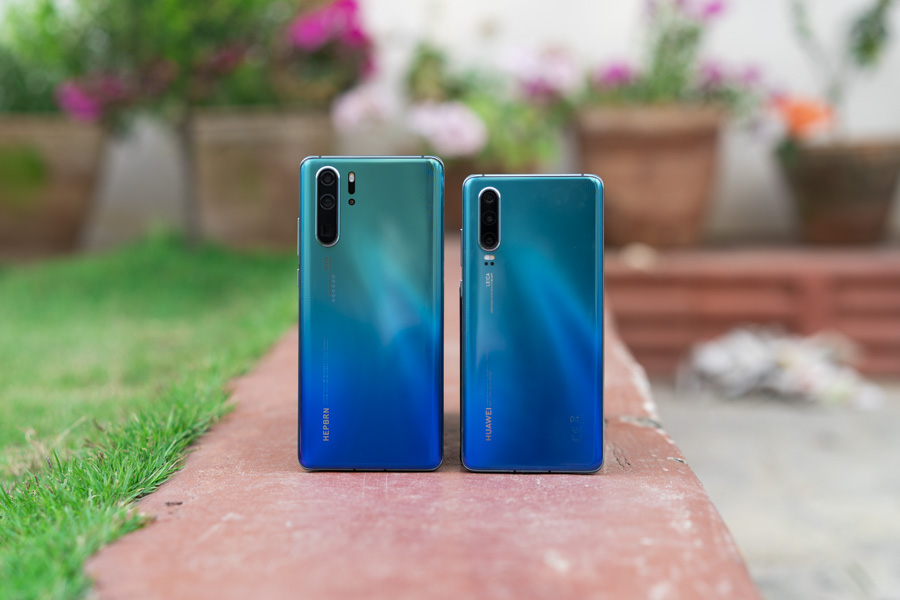
Ergonomically, the P30, here, seems to be the better choice. It is small, compact and manageable in the hands. The P30 Pro has a lot more heft to it, and if you hold it alongside a Galaxy S10, it’s way heavier. Also, the P30 Pro has tapered sides and curved glass up front, which is prone to accidental touches and such. The P30 does not have that fancy design, but as I said, makes way for more practicability.
In terms of design, we can see that Huawei is improving by generation. The P20 and P20 Pro weren’t very good to look at. But with the P30 series, they’ve done a good job. These two have quite a few differences. The most noticeable is the camera at the back –which we’ll get to later. Another is the headphone jack at the bottom, which the P30 sacrifices. That’s a strange choice to make, but they did it anyway. Also, you don’t get the IR Blaster on the P30 which the Pro has.
Plus (and this is a thing that goes mostly unnoticed), there is no earpiece on the P30 Pro. They embedded the speaker beneath the screen, and this is something called Electromagnetic Levitation. And while the new tech sounds cool, and does make the Pro look cleaner, it seems a bit redundant. The call quality is no different between these two and I didn’t even notice the lack of an earpiece the first few days.
And while the P30 does have an earpiece, it doesn’t act as a secondary speaker. Both of these have only mono speakers at the bottom, but they are actually quite good. If you compare them with stereo speakers of the S10 series, they’re behind, but for what they are, they’re good enough.
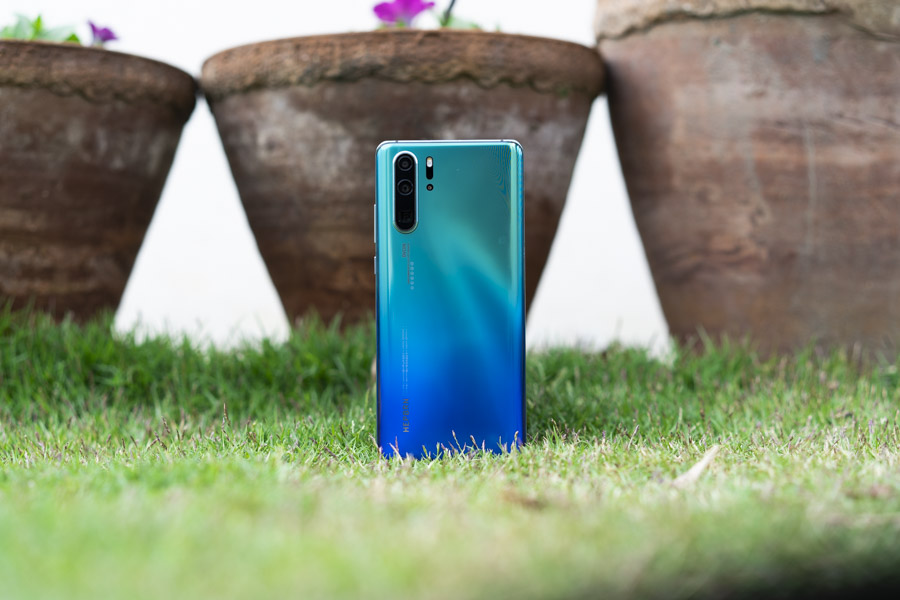
The P30 Pro is also the one that gets the better build. While the Pro is IP68 rated, the P30 only has an IP53 rating which keeps it safe from minor splashes only. The cameras protrude out slightly, on both, and are prone to damage. And by the way, there is no mention of any kind of protection on these phones. So, make sure to slap a case on them.
Display
While there were rumors surrounding the P30 series that they will use Samsung manufactured devices, it does not seem to be the case. Both these phones have OLED displays but support HDR 10+ content.
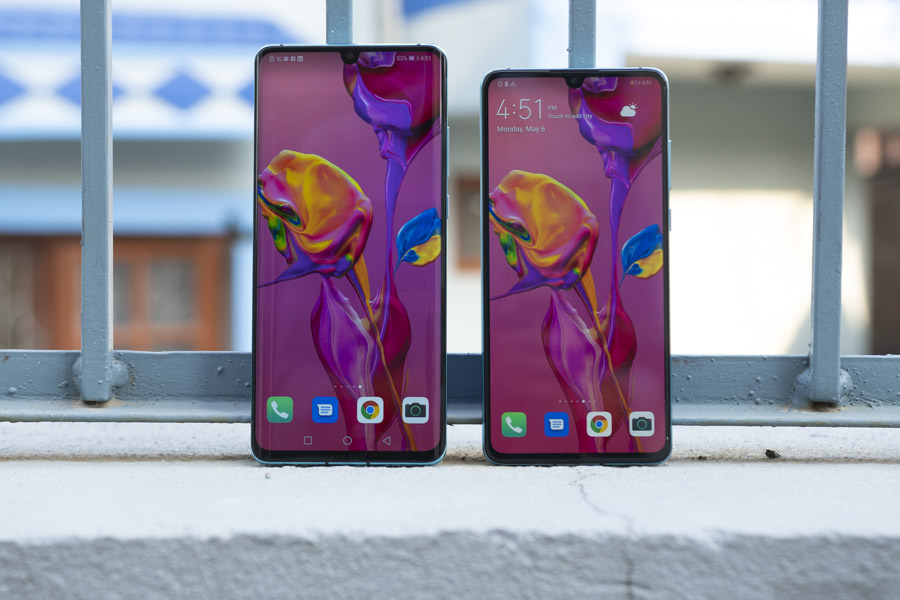
The P30 Pro has a larger 6.47” display whereas the P30 has a 6.1” display. Still, both have the same resolution at Full HD+ and the same dew-drop notch cutout. While these notches are small, and won’t affect your viewing experience all that much, this kind of feels cheap. Because, well, this kind of notches are found on all types of phones nowadays. And I feel like since these are top of the line phones, Huawei should have taken a different approach.
And while the Mate 20 Pro had a QHD display, the P30 Pro doesn’t. I don’t expect the P30 to have one, but it was kinda expected on the Pro… To be honest, I don’t think a QHD is all that useful, though. I even turned it down on my S10, but the competition does have it, and they’re skipping it.
Anyway, the display still looks great! It’s vibrant, lively, and bright enough for outdoors as well. Of course, it’s not as good as the S10’s – they’re obviously the best in this regard. But if we’re making a list of top 5 displays, the P30 Pro might make it in the list somewhere. And what I like about this is that it has high brightness for outdoor usage as well as very low for using it in bed. The only disappointing this is that while the screen is scratch resistant glass, it’s not Gorilla Glass like on the S10.

Both of them also sport the in-display fingerprint scanner. It’s an Optical scanner and not the Ultra-sonic one like that on the S10 and S10 Plus. But, these do a better job at unlocking your phone than those fancy ones. I felt these to be faster and they work 9 times out of 10, while on the S10, they worked only 7 times out of 10. So, you can say the in-display fingerprint has been greatly improved.
Battery
The battery life on both these phones is stellar. The P30 Pro has a large 4200 mAh battery while the P30 has a good sized 3650 mAh. With regular usage, the P30 Pro lasts up to 2 days, and even with some heavy usage here and there, it will easily last you a day. The P30 might not last a full two days but does get close. Also, charging is pretty fast. The P30 Pro has the 40 Watt Supercharge, which can fill up your phone in 58 minutes, while the P30 only has a 22 Watt Fast Charging that does the job in some 75 minutes.
Software and UI
This battery life is achieved, partly, by its well-optimized software. EMUI 9.1 sees a bit of improvement over the EMUI 9. There’s a battery optimizer in there which is kind of aggressive and keeps reminding you if you have any kind of battery-intensive apps open in the background. Sometimes, it also closes apps in the background on its own.
Of course, there is some bloatware lying around. Many can be removed, but there is still a lot that stays. The UI is easy to use, and it’s user-friendly as well, but there’s something about Huawei’s UI that makes me feel like it needs a do-over. Maybe it’s the boxy looking icons or something, but the feeling is there.
Performance
However, the software well compliments the performance, which is fantastic. You get the Kirin 980 chipset combined with 8 GB RAM on both. And this chipset is indeed powerful. Now, if you go by the benchmark scores, the S10 series leave it in the water. Here are the benchmark scores:
- Geekbench 4
- Single-core: 3275
- Multi-core: 9795
- AnTuTu 7
- 291752
- Androbench
- Sequential Read: 823.69 MB/s
- Sequential Write: 193.47 MB/s
But numbers don’t reveal the daily usage. And in those terms, I felt it doing as good as the S10. Gaming is pretty great, and multi-tasking is a breeze too. Actually, what it does better, even, is the loading of apps. The storage benchmark reveals that storage is faster on this one. And so, apps load slightly quicker on this one.
Speaking of storage, you get 128 GB as base storage on both. But the one we get, here in Nepal, will come with 256 GB for the P30 Pro. Anyways, that is an ample amount of storage, but in the off-chance that you want more, you have no option other than to choose the Nano-Memory card from Huawei. And I’d like to ask them, where is it? Because it’s not available as widely, actually, we don’t get that at all in Nepal, so…that is a bit of a problem. But the 128 GB will do it for most.
Camera
Now, the cameras are Huawei’s big guns. And the P30 and the P30 Pro also differ considerably in these terms. The P30 Pro packs a quad-camera setup at the back which comprises of a 40 MP Super Spectrum primary lens, a 20 MP Ultra-wide lens, an 8 MP Periscope Telephoto lens and a 3D Time of Flight sensor. On the other hand, the P30 packs a triple camera set up at the back. It has the same 40 MP Super Spectrum primary lens, a 16 MP Ultra-wide lens and an 8 MP regular telephoto lens. However, the Selfie camera is the same 32 MP on both.

Pictures from both of these are fantastic! The main lens, here, gets an RYYB filter instead of the regular RGB, which means it gathers more light, which makes for great low-light images. But otherwise, you get a bit cooler pictures and some have a yellowish tint to them. Still, the pictures are sharp, pack a lot of details and are just simply great!
By default, you take 10 MP pictures via pixel binning, but you can shoot RAW 40 MP pictures as well. That won’t let you zoom in or out or such, and it doesn’t necessarily take better pictures. But the difference is visible when you zoom in for details after taking the pictures.
Of course, there is the famous AI mode here, which amps up the colors and tweaks certain features based on its scene recognition. And while that may produce good results sometimes, it could be overwhelming at other times.
In addition, there are also these camera modes – a Vivid mode, and a Smooth mode. The Vivid mode increases the intensity of the colors by a lot. And for some pictures, that looks too over-board. But, if you find the right settings, that can actually take some DSLR level shots. A bit of advice: Use it mostly for natural landscape shots, and not for others. The smooth mode here seems to be just a toned down level of Vivid mode.
The P30 Pro’s biggest weapon in its armory, is the Periscope Telephoto lens that offers up to 5X Optical Zoom, 10X Hybrid Zoom and up to 50X Digital Zooming. This lens has OIS, so, you still can take good stable images until 10X. The details are well preserved up to 5X, as it is, after all, Optical. And one of the benefits of this is if you want your subject closer, you don’t have to move forward – simply zoom in! As lazy as it sounds, it’s actually very handy. In good lighting, even 10X zooming gives you good pictures. But with a decrease in light, you will see slight muddiness in them. Anything after that is, well, not very useful, but it’s still fun to play around with. But I was still impressed with its ability to see major details after such zooming ordeals.
The P30, on the other hand, offers you only 3X Optical and 5X hybrid zoom, while it can go up to 30X digital. And as it is with the P30 Pro, images are sharp until 3X zoom, usable until 5X and anything after that requires very good lighting and ultra-steady hands. But some images are surprisingly good.
The Ultra-wide angle lens on both, is, more or less, the same. They pack a good amount of details, produce vivid colors, have good dynamic range, and are color accurate as well. Using this lens is mostly fun, and it comes in handy when you’re out there hiking or stuff. This lens is also useful for taking Super-Macro shots. But, one thing, which is easy to miss is there’s a separate Super Macro mode here for that… don’t just go about pointing the ultra-wide angle camera at objects…which, is what I did, at first!
Selfies, too, are fantastic. There’s just a lot of details in there, and the selfie camera maintains better color tone than the primary. I like the selfie camera immensely for the details it packed, and even the portrait on the selfie camera is fantastic. The software does a great job of edge detection and offers quite a few background effects on portraits as well.
Speaking of portraits, the P30 Pro’s TOF sensor really does its job. The edge-detection has been greatly improved that what we saw on the Mate 20 Pro. It’s more consistent and is more accurate. The subject is well separated from the background, and it’s only a bit shy of DSLR quality portraits.
However, the P30 misses out on the TOF sensor. But nevertheless, its portrait images are great, too. Edge detection might take some hit, but otherwise, the software does a really good job. And like the selfies, you get quite a few background effects here as well.
In terms of videos, both the P30 devices can take up to 4K videos at 30 fps. They’re stable and the video quality is really good. Colors are balanced, and the videos do well in most aspects. However, the rival S10 series can take 4K videos at 60 fps, so, this could be a weak spot for the P30 series.
Conclusion
So, to conclude, the Huawei P30 and the P30 Pro are fantastic top of the line phones. For me, I personally feel like the P30 is a better value for money, but for those who want all that smartphones cameras can give, the P30 Pro is the better choice.
Now, these phones might not have the best benchmark scores, but they deliver in terms of usage. The battery life and charging speeds are unmatched. And after playing with the cameras, overall, I’m beginning to favor the one of the P30 Pro rather than S10 – which was, by far, my favorite! Granted, the display is not the best we’ve seen, and the software is a bag of mixed feelings. But other than those two, Huawei has really nailed it with the P30 and the P30 Pro.






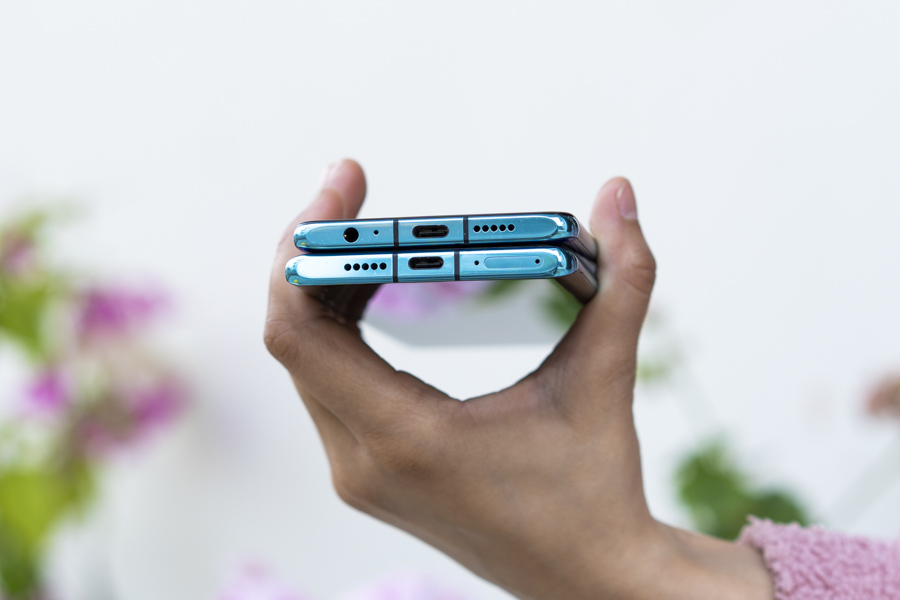
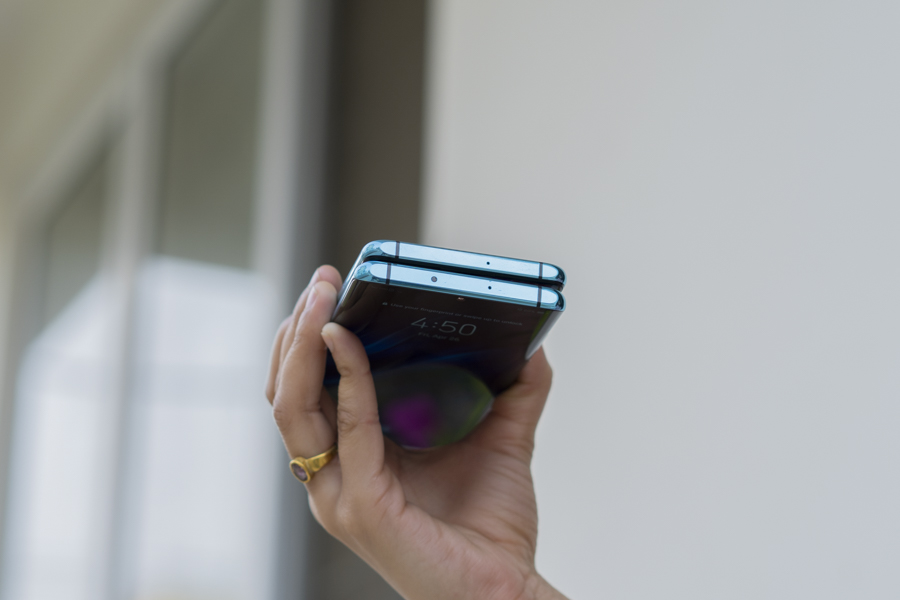


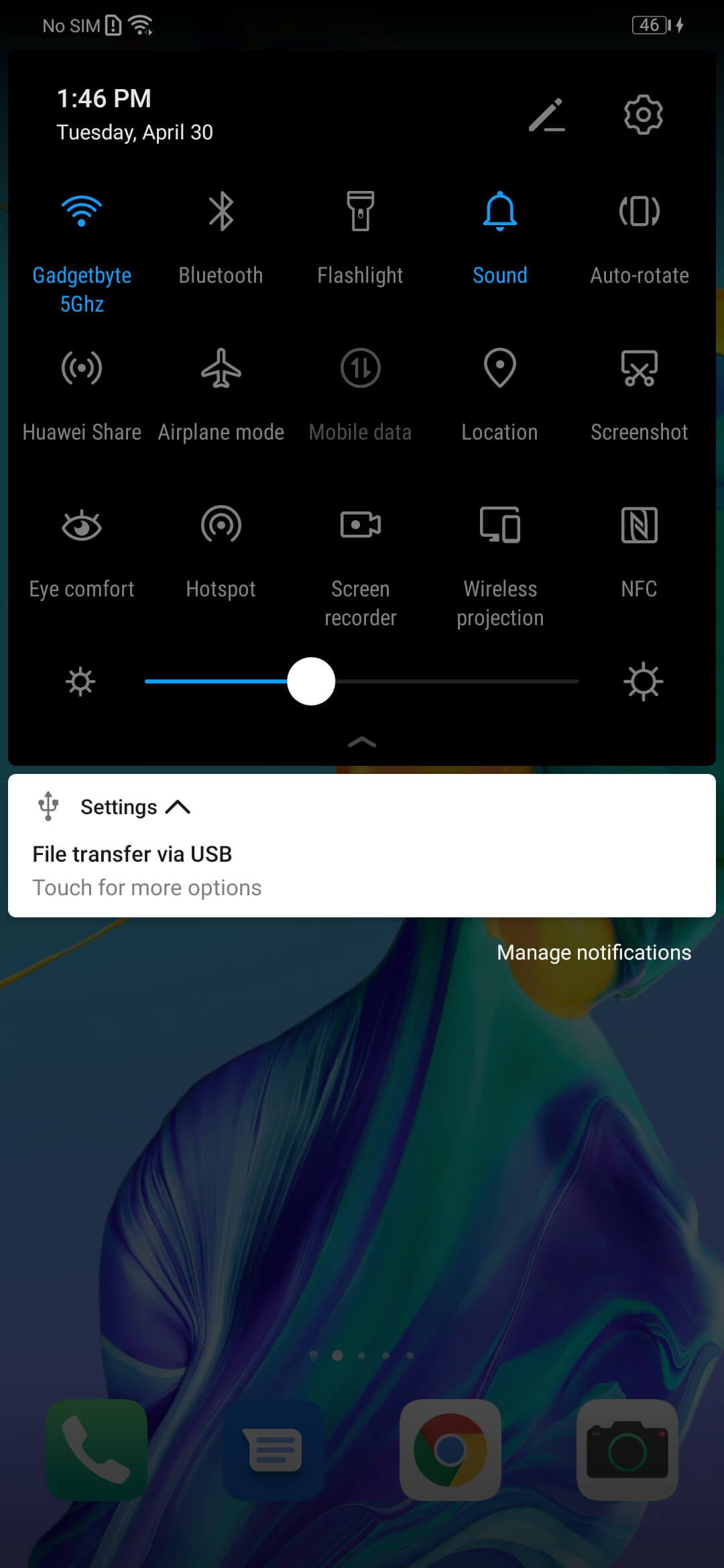

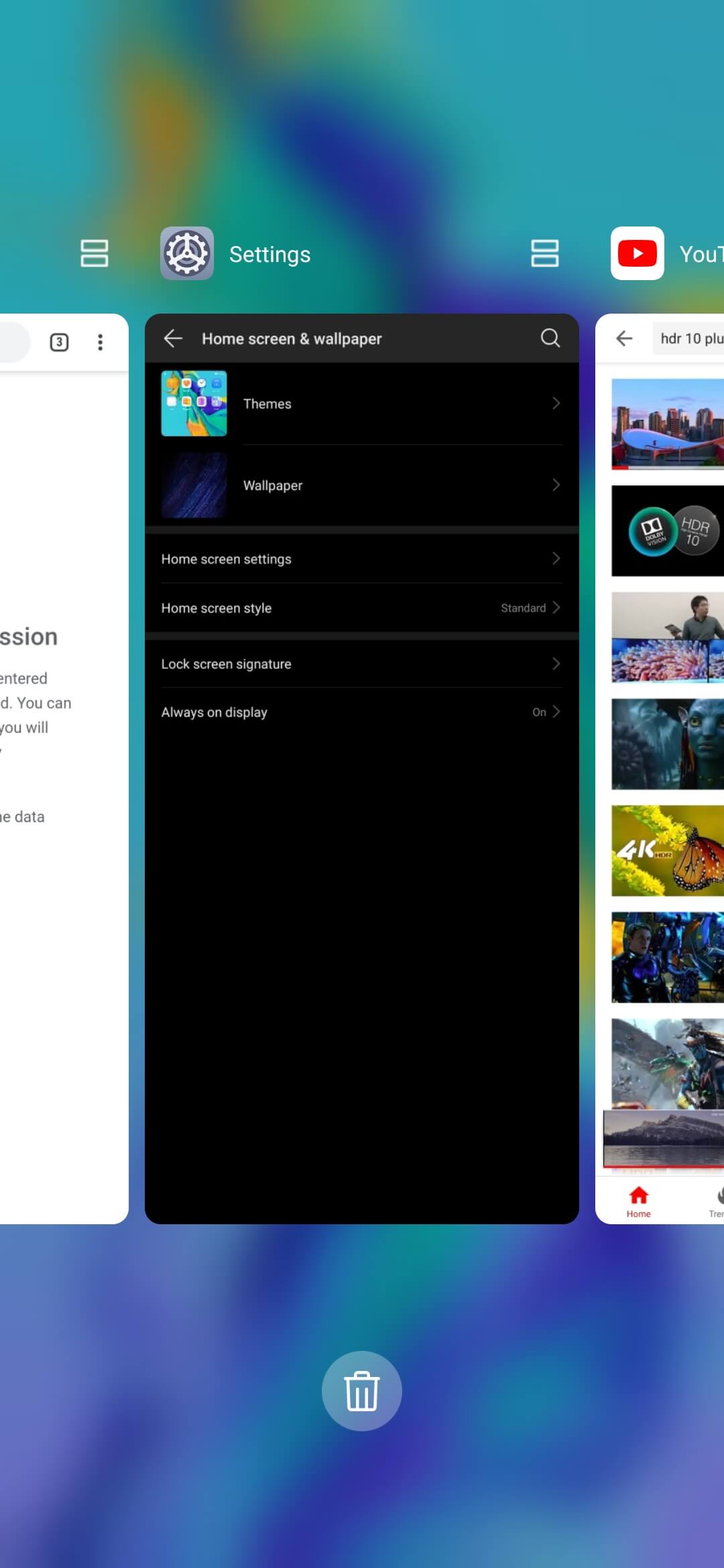












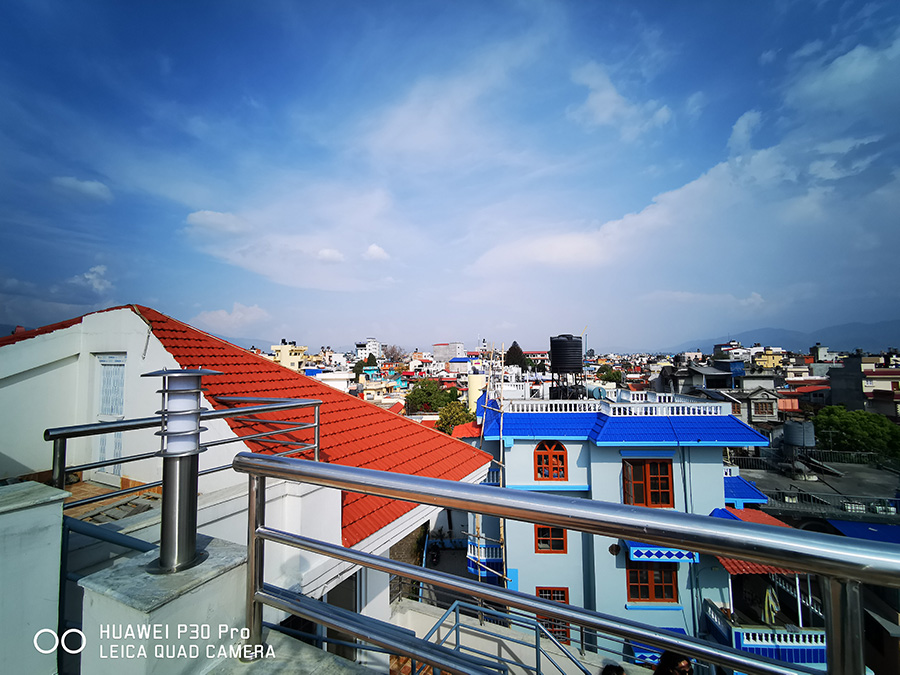



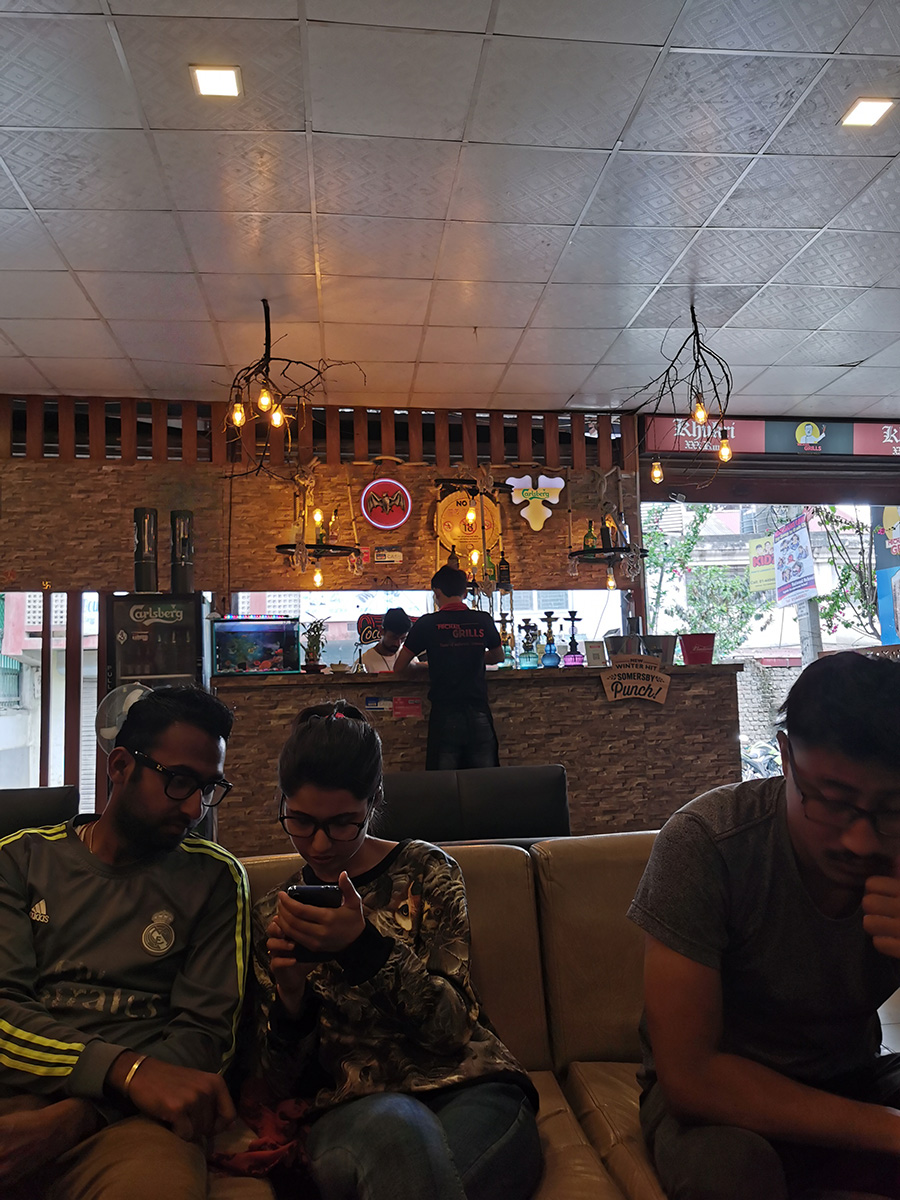

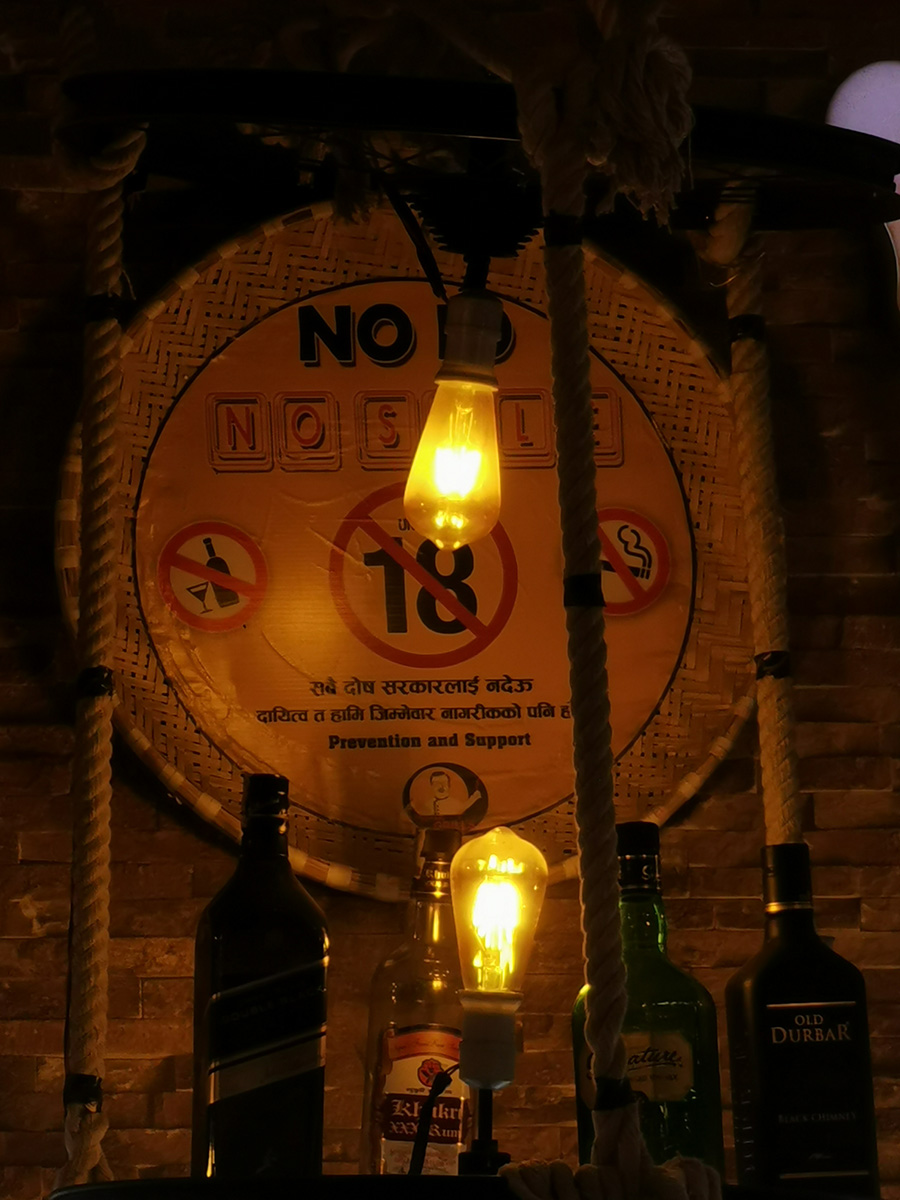

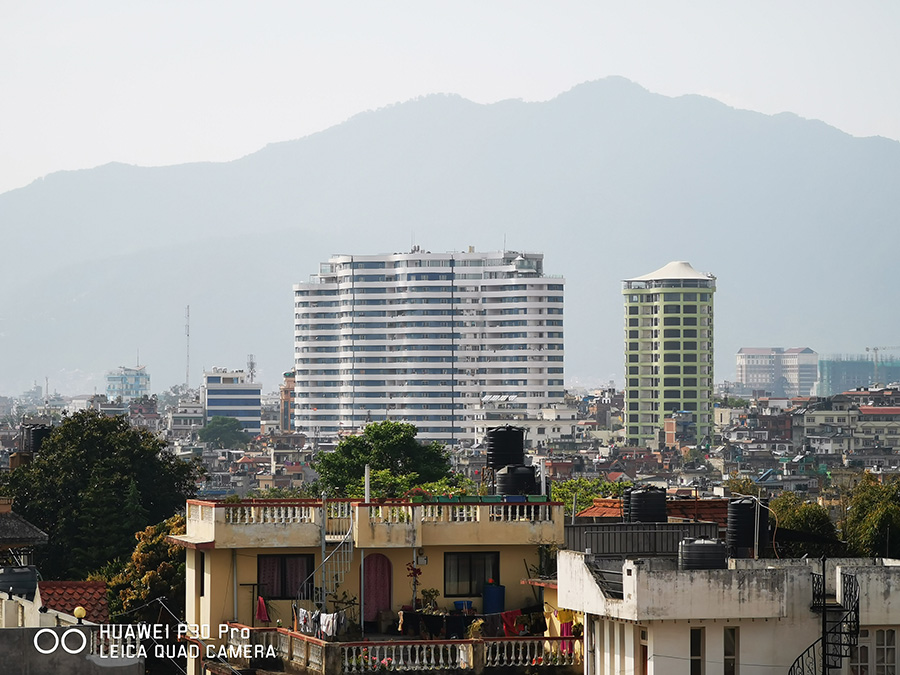
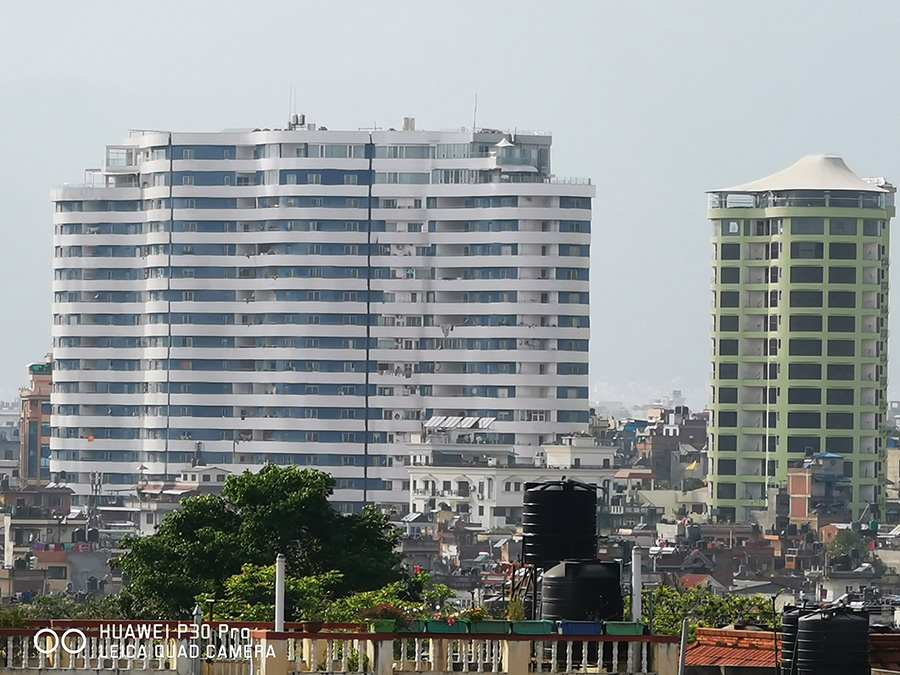
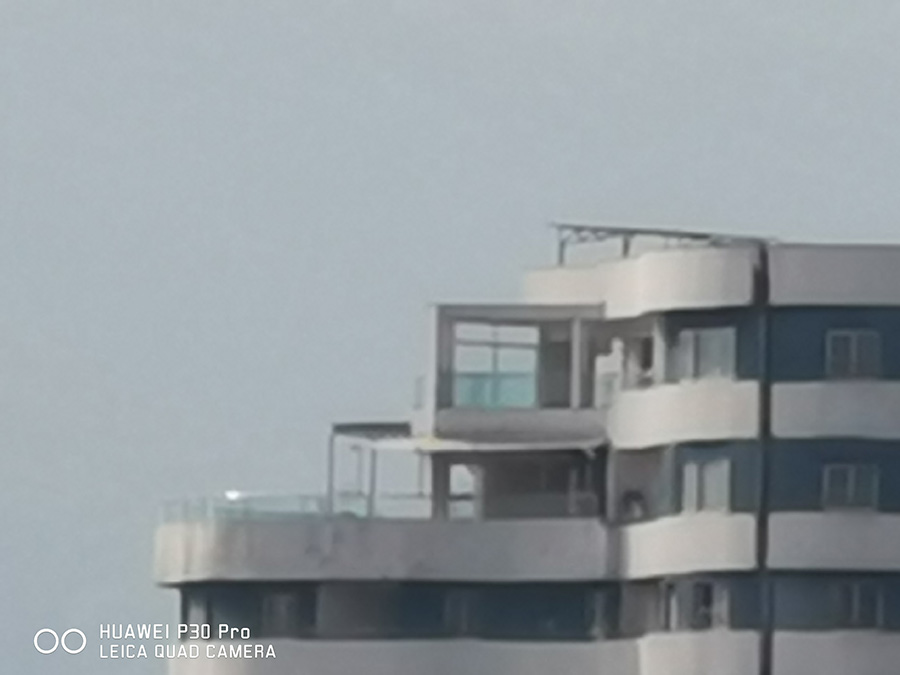

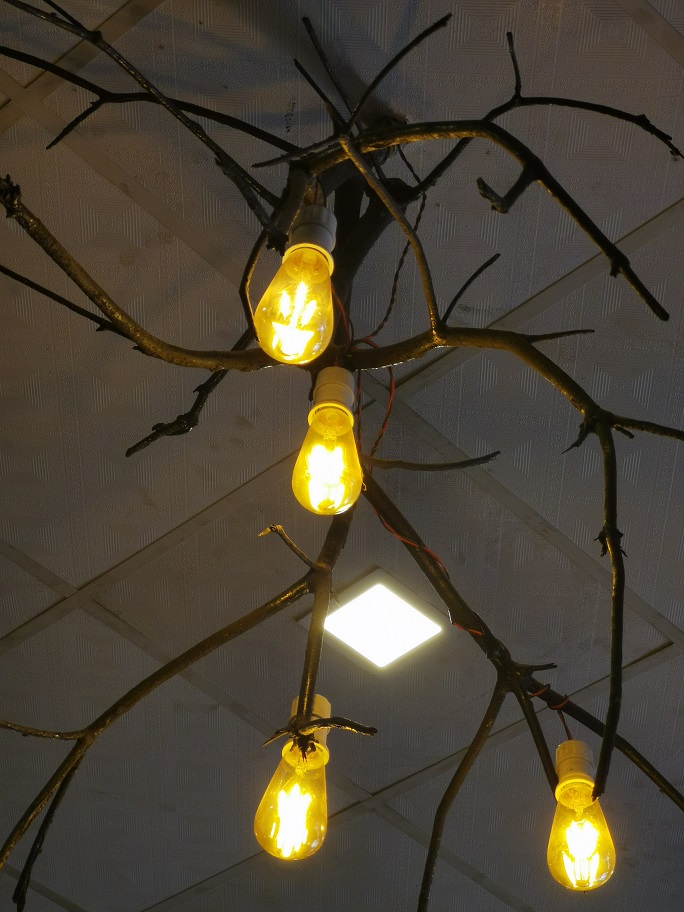
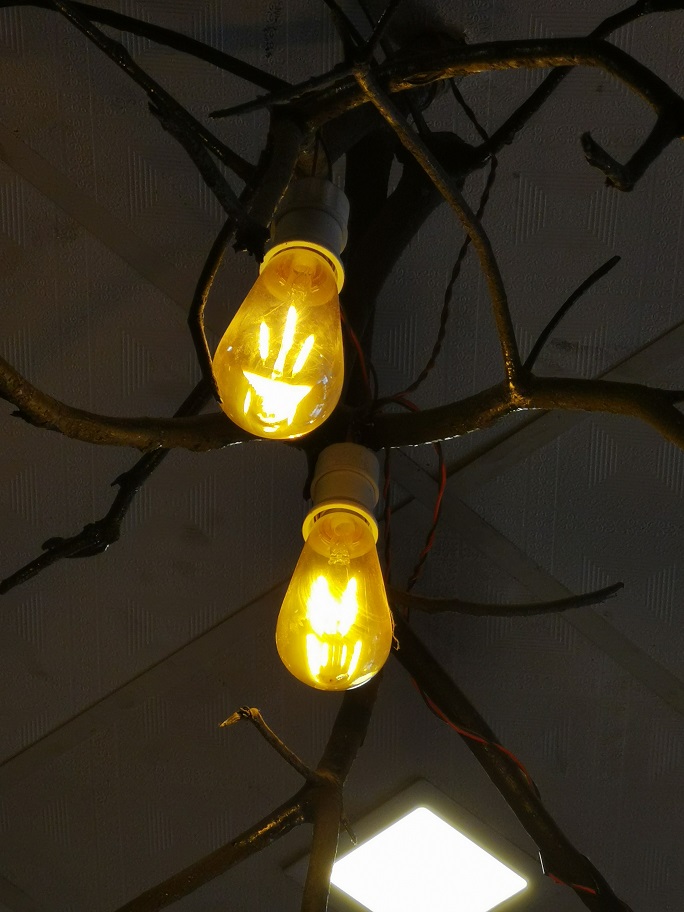










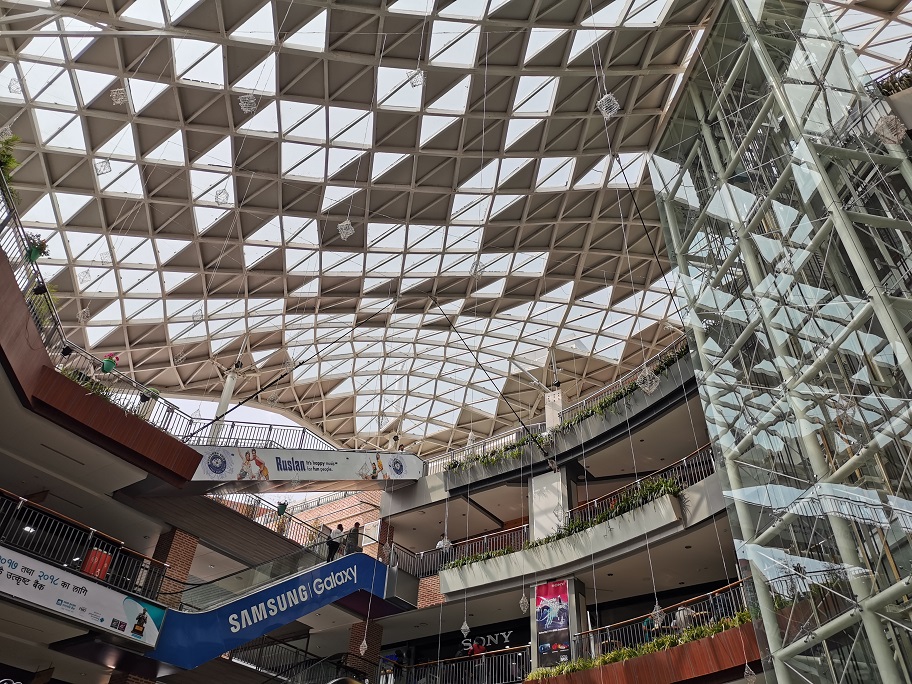
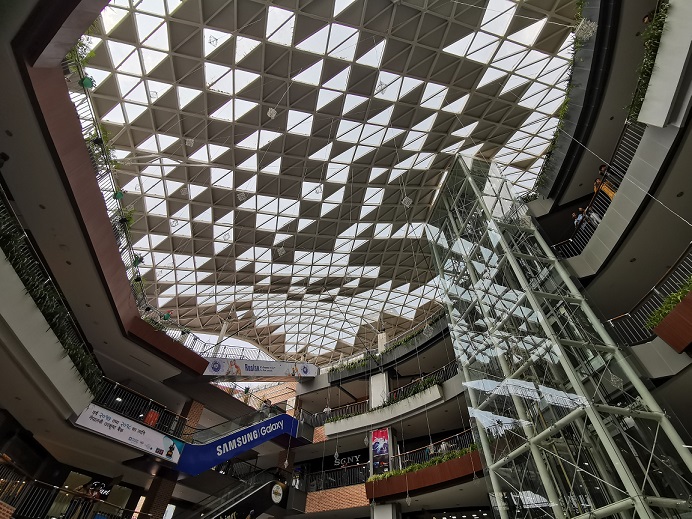

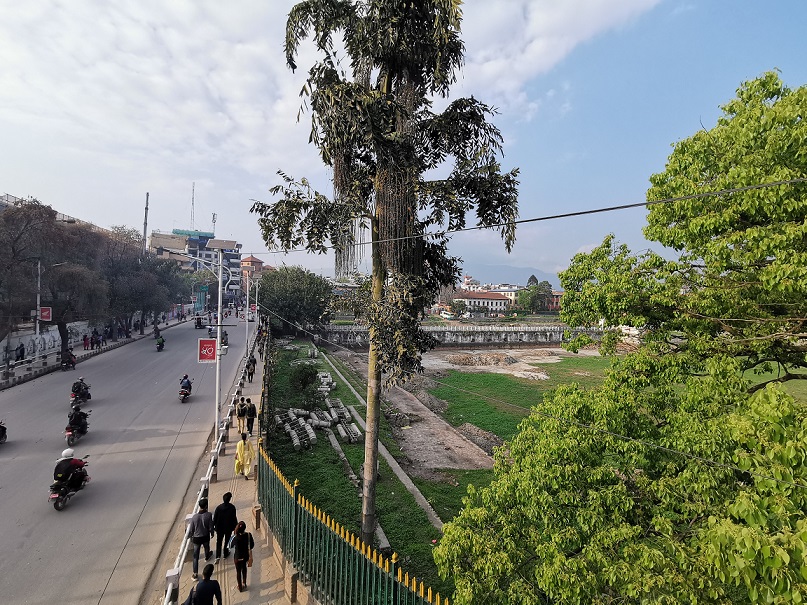



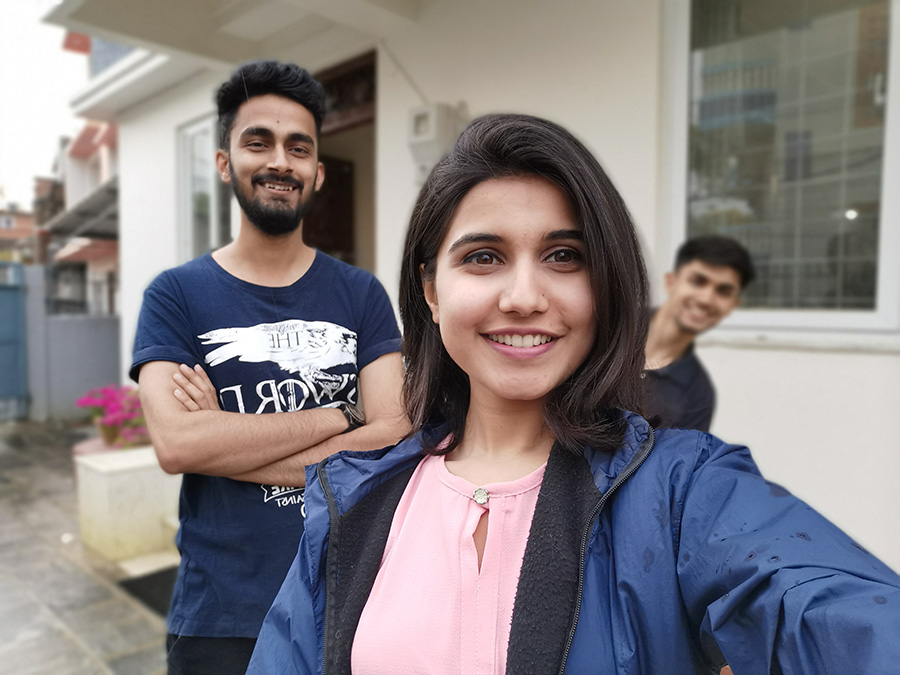









![Best Gaming Laptops in Nepal Under Rs. 250,000 (रु 2.5 Lakhs) [2025] Best Gaming Laptops Under 2.5 lakhs in Nepal [Feb 2025 Update]](https://cdn.gadgetbytenepal.com/wp-content/uploads/2025/02/Best-Gaming-Laptops-Under-2.5-lakhs-in-Nepal-Feb-2025-Update.jpg)
![Best Gaming Laptops in Nepal Under Rs. 120,000 (रु 1.2 Lakhs) [2025] Best Budget Gaming Laptops Under Rs 120000 in Nepal 2025 Update](https://cdn.gadgetbytenepal.com/wp-content/uploads/2025/05/Best-Budget-Gaming-Laptops-Under-Rs-120000-in-Nepal-2024-Update.jpg)
![Best Laptops Under Rs. 80,000 in Nepal [2025] Best Laptops Under 80,000 in Nepal March 2025 Update](https://cdn.gadgetbytenepal.com/wp-content/uploads/2025/03/Best-Laptops-Under-80000-in-Nepal-March-2025-Update.jpg)
![Best Gaming Laptops in Nepal Under Rs. 200,000 (रु 2 Lakhs) [2025] Best gaming lapotp under 2 lakhs Nepal Feb 2025](https://cdn.gadgetbytenepal.com/wp-content/uploads/2025/01/Best-Gaming-Laptops-Under-2-Lakh-Nepal-Feb-2025-Update.jpg)

![Best Mobile Phones Under Rs. 15,000 in Nepal [Updated 2025] Best Phones Under 15000 in Nepal 2024 Budget Smartphones Cheap Affordable](https://cdn.gadgetbytenepal.com/wp-content/uploads/2024/03/Best-Phones-Under-15000-in-Nepal-2024.jpg)
![Best Mobile Phones Under Rs. 20,000 in Nepal [Updated] Best Mobile Phones Under NPR 20000 in Nepal 2023 Updated Samsung Xiaomi Redmi POCO Realme Narzo Benco](https://cdn.gadgetbytenepal.com/wp-content/uploads/2024/01/Best-Phones-Under-20000-in-Nepal-2024.jpg)
![Best Mobile Phones Under Rs. 30,000 in Nepal [Updated 2025] Best Phones Under 30000 in Nepal](https://cdn.gadgetbytenepal.com/wp-content/uploads/2025/01/Best-Phones-Under-30000-in-Nepal.jpg)
![Best Mobile Phones Under Rs. 40,000 in Nepal [Updated 2025] Best Phones Under 40000 in Nepal 2024 Smartphones Mobile Midrange](https://cdn.gadgetbytenepal.com/wp-content/uploads/2024/02/Best-Phones-Under-40000-in-Nepal-2024.jpg)
![Best Mobile Phones Under Rs. 50,000 in Nepal [Updated 2025] Best Phones Under 50000 in Nepal](https://cdn.gadgetbytenepal.com/wp-content/uploads/2025/01/Best-Phones-Under-50000-in-Nepal.jpg)
![Best Flagship Smartphones To Buy In Nepal [Updated] Best flagship phone 2025](https://cdn.gadgetbytenepal.com/wp-content/uploads/2024/07/Best-Flagship-Phones-who-is-it-ft-1.jpg)